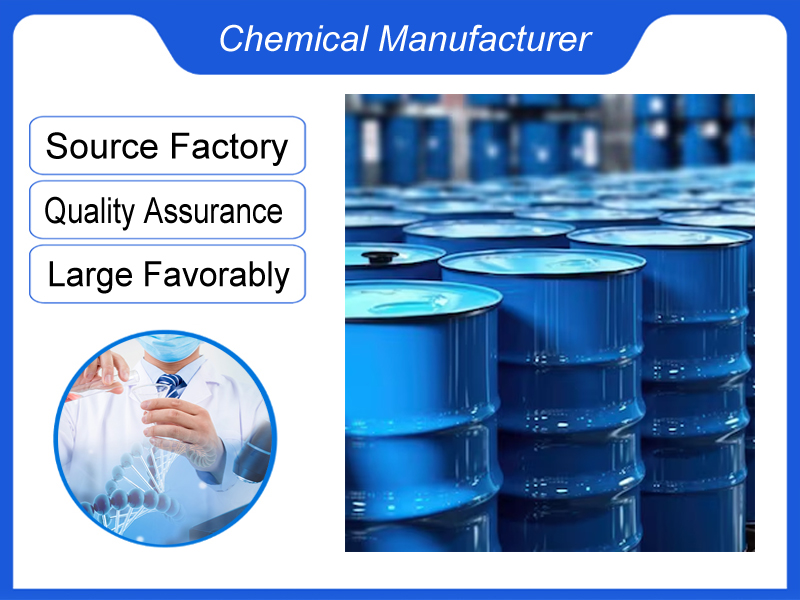
Isopropylideneacetone
We are a manufacturer based in China. We specialize in providing high-quality Isopropylideneacetone for industrial clients across various sectors. Whether you need chemicals consultation or technical support, our team is here to help.
Category:Paint chemicals Own Brand:MT /MOQ:100KG /From China/ B2B only.
Introduction
C6H10O
141-79-7
Uses
Aromatics intermediates, herbicide concentrates, vitamin C derivatives, dyestuffs and fragrances.
Isopropylacetone is an extractant for mineral flotation, especially for actinide flotation
Used in most chemical industries such as paints, varnishes, coatings, chemical synthesis and agrochemicals.
| Name | Mesityl oxide, mixture of alpha- and beta-isomers |
| Synonyms | Mesity oxide MESITYL OXIDE Mesityloxide 0 The propyl acetone 4-Methyl-3-penten-2-one, 9CI Cilastatin sodium impurity D Mesityl oxide technical grade, Cilastatin Impurity D (Mesityl Oxide) Isopropylideneacetone 4-Methyl-3-penten-2-one Mesityl oxide, mixture of alpha- and beta-isomers |
Physico-chemical Properties
| Molecular Formula | C6H10O |
| Molar Mass | 98.143 |
| Density | 0.83g/cm3 |
| Melting Point | -53℃ |
| Boling Point | 132.7°C at 760 mmHg |
| Flash Point | 30.6°C |
| Water Solubility | 28 g/L (20℃) |
| Vapor Presure | 8.76mmHg at 25°C |
| Appearance | Form Liquid, Free Of Suspended Matter, color Clear |
| Storage Condition | Store below +30°C. |
| Refractive Index | 1.418 |
| Physical and Chemical Properties | Chemically colorless oily flammable liquid with a honey-like smell. The spontaneous ignition point is 344.44 ℃, melting point is -52.85 ℃, boiling point is 130-131 ℃, relative density is 0.86532(20/4 ℃), refractive index is 1.4434. flash point (closed cup) is 31 ℃, vapor pressure (20 ℃) is 1.160kPa, freezing point is -59 ℃, viscosity (20 ℃) is 0.6mPa · s. Soluble in water about 30 times, miscible with most organic solvents. |
| Use | It is used as a solvent for coatings and resins, as an intermediate for pharmaceuticals and pesticides, and as a raw material for the production of methyl isobutyl ketone and methyl isobutyl alcohol. |
Risk and Safety
| Hazard Symbols | Xn – Harmful |
| Risk Codes | R10 – Flammable R20/21/22 – Harmful by inhalation, in contact with skin and if swallowed. |
| Safety Description | S25 – Avoid contact with eyes. |
| UN IDs | UN 1229 |
| WGK Germany | 1 |
| RTECS | SB4200000 |
| TSCA | Yes |
| HS Code | 2914 19 90 |
| Hazard Class | 3 |
| Packing Group | III |
| Toxicity | LD50 in mice (mg/kg): 710 ±85 intragastric; LC50 in mice (2 hr), rats (4 hr) (mg/m3): 10000 ±270. 9000 ±600 (Ismerov) |
Upstream Downstream Industry
| Raw Materials | Diacetone Alcohol 2.6-Dimethyl-4-heptanone 4-Methyl-3-penten-2-one oxime 2-Pentanone, 4-chloro-4-methyl- 3.4-epoxy-4-methylpentan-2-one 2-Heptanone, 4-hydroxy- 4-Methyl-4-(methylnitrosoamino)-2-pentanone 4-METHYL-3-PENTEN-2-OL Ethoxyquin Phenetidine Cyclopropane, 2-bromo-1.1-dimethyl-3-methylene- |
| Downstream Products | ADS 4.4-DIMETHYL-2-PENTANONE Delta Damascone Damascenone 4-AMINO-4-METHYL-2-PENTANONE HYDROGENOXALATE 2.2.3.3-tetramethylhexane 2.2.4.4.6-pentamethyl-hexahydropyrimidine 7-Quinolinol, 1-ethyl-1.2-dihydro-2.2.4-trimethyl- |
If you're ready to take the next step, Leave your message below and we’ll reply soon. 20+ years of chemical manufacturing & export experience, a partner you can trust.





